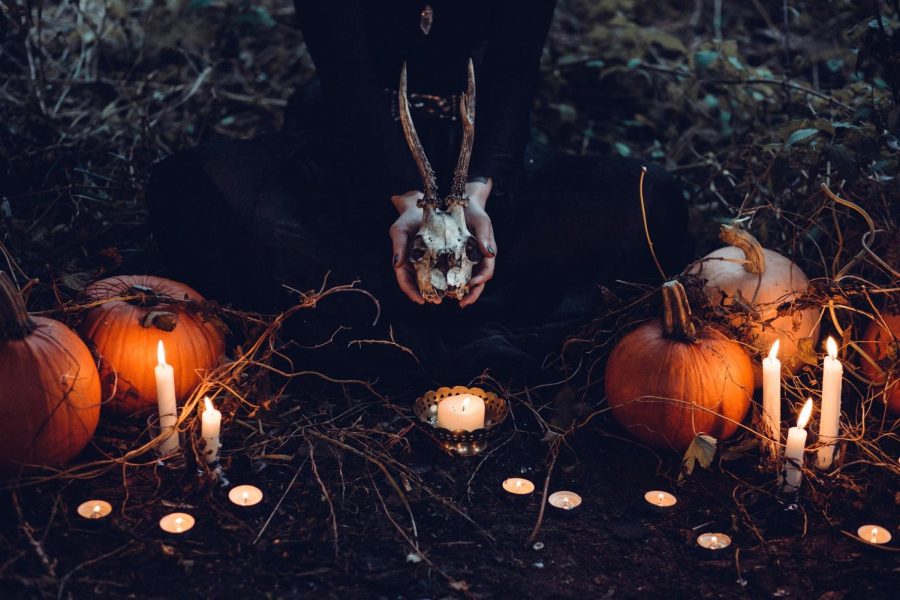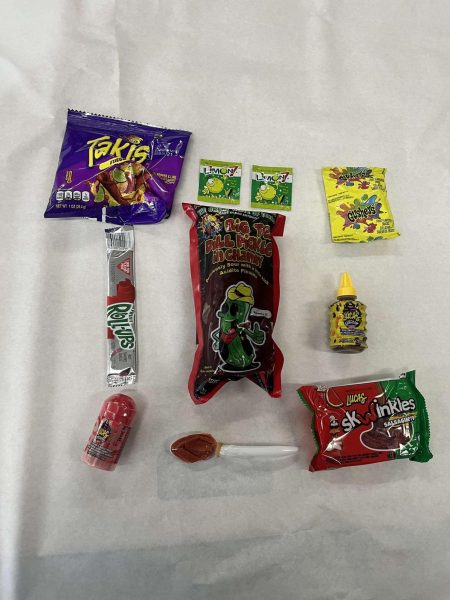The Origins of Halloween
October 20, 2022
The Origins of Halloween

Halloween is a day celebrated by people around the world, and a favorite to many. You may know it today for its spooky autumn decor, tacky horror movies, festive costumes, intricately carved pumpkins, and bottomless bags of candy eagerly carried by children. But are you aware of Halloween’s distant and nearly forgotten history?
Around 2,000 years ago, as the summer harvest ended and transitioned to the cold and desolate winter season, the Celtic celebration of Samhain began. History, an extensive online historical resource, shares that on this day, of October 31st, people would hold bonfires and wear costumes which were believed to ward off ghosts and spirits. The Celtic people associated this day with human death, and believed that in the night the boundary between the worlds of the living and the dead was broken.
In addition to this, Druids, or celtic priests, believed that during this time, the presence of spirits would provide the ability to make important prophecies for the people during the long and cold winter season. To honor this, the Druids held large, sacred bonfires and offered various crops and animals as sacrifices for the Celtic deities. People also typically wore costumes consisting of animal heads and skins, and told each others’ fortunes during the celebration.
Halloween also, like many holidays celebrated today, has some Christian origin. According to world history resource Briticana, hundreds of years after the Celts, Pope Gregory IV established a church holiday of All Saints’ Day in 837 C.E. This is celebrated on November 1st of every year, and is preceded by All Hallows Eve, or as we know it, Halloween. The festival of All Hallows Eve largely took place in medieval England, and soon spread from there, eventually making its way to America.
Along with the holiday itself, many Halloween traditions and features are also found in history. World History Encyclopedia, an online world-wide history information site, shares the Irish folktale of Stingy Jack, the origin of the modern Jack O’Lantern. Stingy Jack was a clever con-man who tricked the devil into banning him from Hell, but still couldn’t go to heaven because of his sinful life. So, after his death he now roams the world carrying a small lantern, made from a turnip, with a red-hot ember inside.
Because of this, on Hallows Eve, the Irish would hollow out turnips and place lights inside of them when they went out “souling”, looking for spirits, on the night when the worlds of the living and dead were closest together. They would carve faces into the turnips in order to ward off evil spirits, like that of Stingy Jack.
When this tradition made its way to America, the turnip was changed out for a pumpkin, due to accessibility, and there the present-day JackO’Lantern found on every porch and doorstep was born.
Halloween is a holiday with a rich history, born in a Celtic festival thousands of years ago, and now celebrated by millions around the world. So, in the upcoming Halloween season, take time to appreciate where everything came from, and enjoy the spooky celebration!







